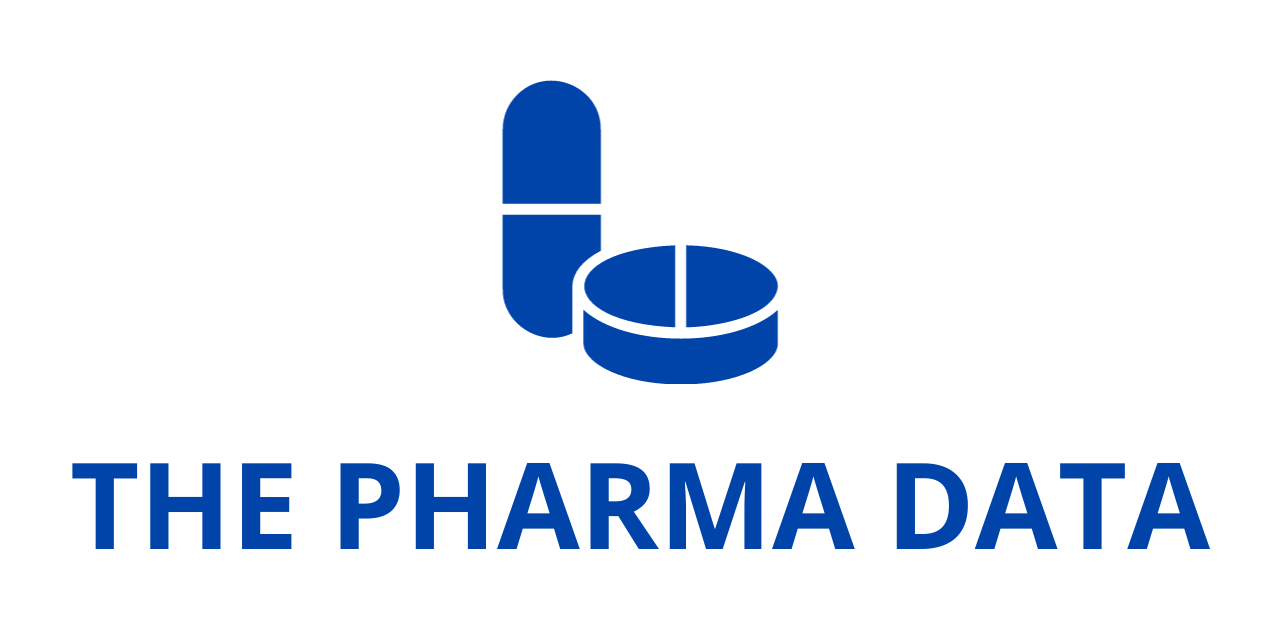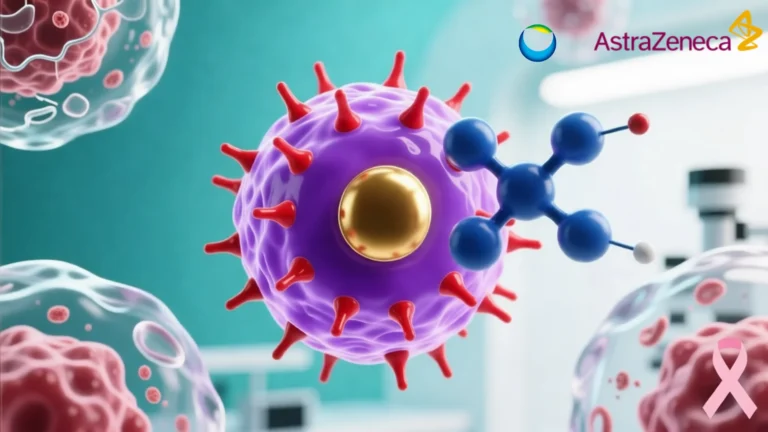
WHO-WIPO-WTO Webinar Highlights Role of Public Procurement in Advancing Global Health Equity and Innovation
On July 3, 2025, the World Health Organization (WHO), the World Intellectual Property Organization (WIPO), and the World Trade Organization (WTO) jointly hosted a technical webinar to spotlight public procurement’s vital role in ensuring global, equitable, and timely access to health technologies. The session focused on how strategic procurement practices, including pooled procurement, can improve access, stimulate innovation, and enhance resilience in health systems globally.
Public Procurement: A Pillar of Health Access
Speakers at the webinar emphasized that public procurement—especially when based on sound market intelligence, clear demand assessment, and the availability of quality products at competitive prices—serves as a critical enabler for health equity. Effective procurement not only supports affordability and timely supply of essential health products but also stimulates innovation, encourages technology transfer, and fosters local production.
Clive Ondari from the WHO Secretariat highlighted that in many countries, access to essential medical technologies is largely determined by publicly funded procurement systems. He stressed that to ensure value for money, procurement must be driven by quality, timeliness, and affordability, particularly in sectors where public spending is substantial. Ondari also cautioned that inefficiencies persist, with certain programs reportedly paying above-market rates for medicines.
Intersecting Innovation, Trade, and IP with Procurement
Amy Dietterich from the WIPO Secretariat emphasized the importance of collaboration and customization in procurement policies. She explained that aligning procurement with broader innovation and access strategies requires governments to adopt integrated approaches that take into account public health needs, intellectual property (IP) considerations, and trade dynamics.
Echoing this, Roger Kampf from the WTO Secretariat underscored the necessity of a multidisciplinary framework to make procurement an effective tool against global health challenges. Beyond securing cost-effective products, strategic procurement can strengthen local manufacturing capabilities, facilitate technology transfer, enhance R&D efforts, and improve supply chain resilience.
Case Studies and Regional Experiences
The webinar also featured case studies that illustrated diverse procurement models in action. Presentations covered both regional and national procurement strategies, shedding light on how different jurisdictions are leveraging procurement to achieve broader health and industrial goals.
- Lisa Hedman (WHO) discussed procurement in the context of the WHO Roadmap on Access to Medicines (2025–2030), underscoring how it can drive improvements in affordability, availability, and acceptability of health products.
- Giovanni Napolitano (WIPO) presented public procurement as a lever for healthcare innovation. He explained how IP due diligence, competitive tendering, and capacity building in IP management are critical in ensuring procurement processes encourage R&D and avoid monopolistic practices. He also highlighted the benefits of voluntary licensing and strategic IP landscaping to improve access and avoid legal bottlenecks.
- Astghik Solomonyan (WTO) spoke about combining pooled procurement with international trade frameworks to optimize market access and ensure sustainability. Trade agreements, such as the WTO’s Government Procurement Agreement, create an enabling environment for international suppliers, while pooled procurement generates the demand necessary to support manufacturing and distribution infrastructures.
National and Regional Procurement Frameworks in Focus
- Indonesia: Lucia Rizka Andalucia from Indonesia’s Ministry of Health outlined how public procurement is central to the country’s industrial and innovation strategies. Indonesia uses procurement to bolster domestic manufacturing, expand market access for local products, and build stakeholder cooperation.
- Pan American Health Organization (PAHO): Santiago Cornejo detailed the PAHO Revolving Fund, a pooled procurement mechanism that enables countries across the Americas to access vaccines and diagnostics. The Fund’s evolution in response to COVID-19 includes a renewed focus on technology transfer and local production.
- European Union: Katarzyna Motyka from the EU’s Health Emergency Preparedness and Response Authority (HERA) described the EU joint procurement initiative. Developed in response to the pandemic, this mechanism ensures equitable access to essential health goods while enhancing national procurement systems on a voluntary basis.
- Gulf Cooperation Council (GCC): Fathi Alkathiry from the Gulf Health Council explained the Gulf Joint Procurement Program, which facilitates pooled procurement across member states. The initiative has not only improved procurement efficiency but also supported the growth of local manufacturing. By 2024, the GCC region had 74 pharmaceutical factories and 140 medical supply factories, underscoring the impact of procurement-driven industrial policies.
- Africa CDC and Regional Economic Communities: Wesley Ronoh described the strategic role of public procurement in Africa’s health systems, where up to 40% of health spending in many countries flows through public procurement. He also introduced the African Pooled Procurement Mechanism, launched in 2024, and highlighted regional collaboration through the East African Community, Southern African Development Community, and Economic Community of West African States.
Trilateral Collaboration for Capacity Building
The webinar was held under the broader framework of Trilateral Cooperation between the WHO, WIPO, and WTO, which seeks to strengthen the capacities of policymakers and technical experts on issues at the intersection of public health, IP, and trade. Through joint webinars, workshops, and technical assistance initiatives, the three organizations aim to promote evidence-based policymaking, share expertise, and disseminate critical data and tools to address global health challenges.
The video recording of the webinar is available for public viewing, serving as a knowledge resource for stakeholders looking to explore the role of procurement in public health policy.




